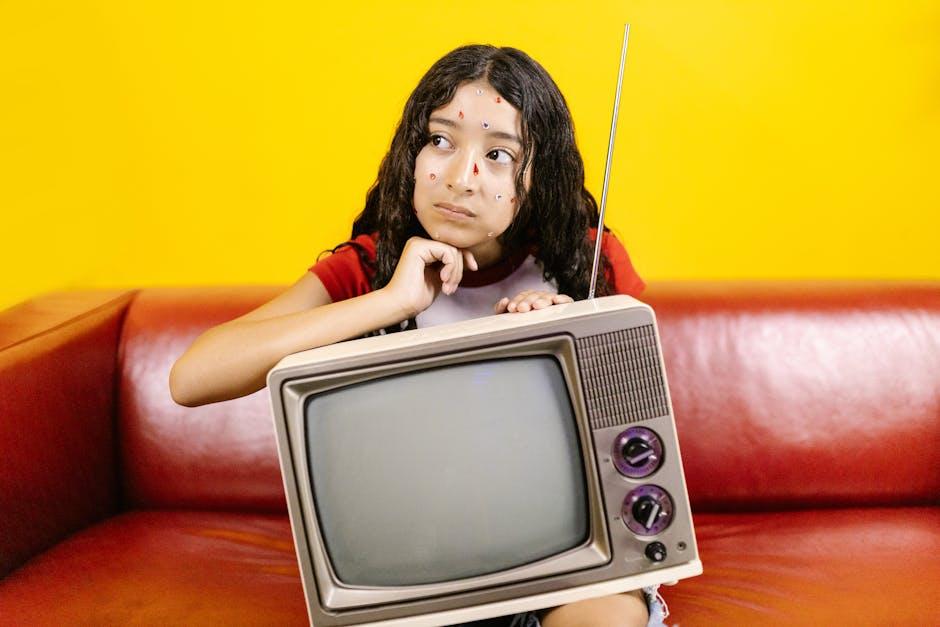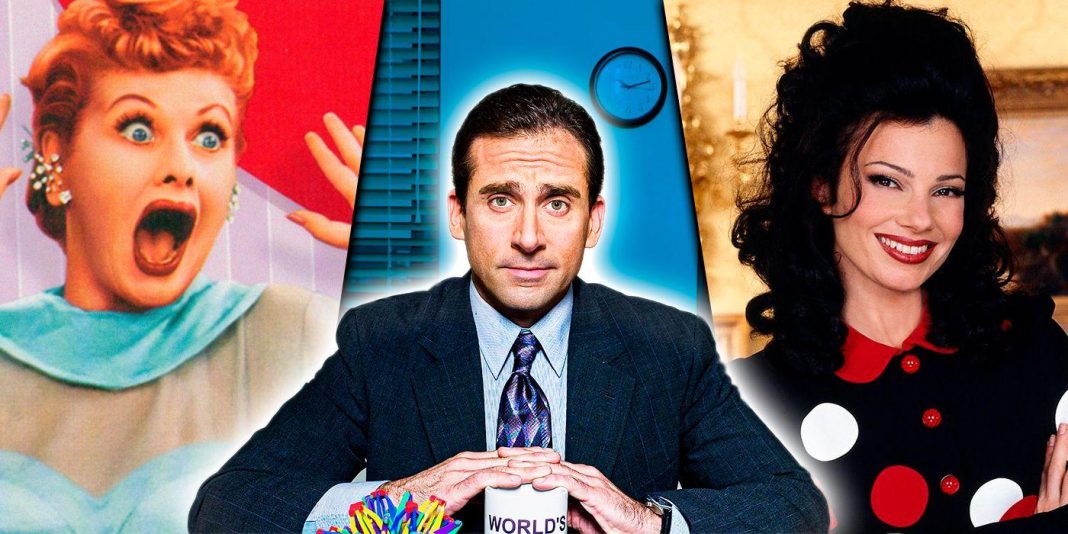In recent years, the landscape of television entertainment has been in a state of constant evolution, driven by the proliferation of streaming services and the ever-changing preferences of audiences worldwide. Amidst this transformation, sitcoms—a genre once celebrated for its clever humor and relatable narratives—have come under scrutiny for an apparent decline in originality. This article seeks to explore the factors contributing to this perception, examining the balance between formulaic structures and innovative storytelling. By analyzing current trends, audience expectations, and industry pressures, we aim to uncover whether sitcoms are truly losing their creative edge or if they are simply adapting to the demands of a new era in television.
Exploring the Evolution of Sitcom Storylines
The world of sitcoms has undergone significant transformations over the decades, reflecting shifts in societal norms and audience expectations. In the past, sitcoms often relied on a formulaic approach characterized by episodic storylines, laugh tracks, and a static set of characters. Shows like “Friends” and “Seinfeld” thrived on their predictable yet comforting structure. However, modern sitcoms are increasingly embracing serialized storytelling, where character development and overarching narratives take precedence over standalone episodes. This evolution raises questions about the balance between innovation and tradition in sitcom storytelling.
- Character Depth: Modern sitcoms often delve deeper into character backstories and growth, offering viewers a more immersive experience.
- Social Relevance: Current sitcoms frequently tackle contemporary social issues, reflecting a more diverse and inclusive society.
- Breaking the Mold: Newer series sometimes blend genres, incorporating elements of drama or fantasy, challenging the conventional boundaries of sitcoms.
While some purists argue that this shift results in the loss of the quintessential charm that classic sitcoms offered, others appreciate the fresh perspectives and nuanced storytelling that come with these changes. As audiences continue to evolve, so too will the sitcoms that seek to entertain them, striking a delicate balance between nostalgia and innovation.
The Impact of Streaming Platforms on Creative Content
In recent years, streaming platforms have revolutionized the way audiences consume media, and this shift has had profound implications for the creation of sitcoms. One significant change is the transition from traditional network TV constraints to the more flexible, yet demanding, environment of streaming services. While this shift has led to increased creative freedom, it has also brought about challenges that impact originality. For instance, the pressure to produce binge-worthy content can sometimes lead to formulaic storylines designed to keep viewers hooked rather than innovate. As a result, the unique character dynamics and situational humor that once defined classic sitcoms may be taking a backseat to more serialized storytelling.
Moreover, the algorithms driving content recommendations often prioritize familiar tropes and successful formats, which can discourage risk-taking. This environment has led to a proliferation of sitcoms that often mirror one another, with similar plot devices and character archetypes. Despite this, there are standout examples where creators have harnessed the freedom of streaming to push boundaries and explore unconventional themes. These examples show that while the landscape may be shifting, opportunities for originality still exist. Key factors influencing the creativity in sitcoms on streaming platforms include:
- Viewer Analytics: Insights from data can shape content direction, sometimes at the expense of innovative ideas.
- Global Audience Reach: The need to appeal to a diverse audience can dilute niche storytelling.
- Content Overload: The vast array of available content can lead to creative fatigue.
While the future of sitcoms in the age of streaming remains uncertain, the interplay between creative freedom and commercial demands continues to redefine what originality means in this evolving medium.

Balancing Nostalgia and Innovation in Sitcom Production
- Balancing the Familiar with the Fresh: The allure of classic sitcoms often lies in their familiarity—well-loved characters, predictable plotlines, and a cozy sense of humor. However, in today’s rapidly evolving entertainment landscape, this formulaic approach may not suffice. Producers are increasingly challenged to blend this nostalgic appeal with innovative storytelling that resonates with contemporary audiences. The key lies in maintaining a delicate balance, where nostalgia acts as a comforting backdrop while fresh narratives push boundaries and explore new dimensions of humor and human experience.
- Innovative Storytelling Techniques: As sitcoms strive to remain relevant, many are experimenting with new formats and themes. Some shows are incorporating meta-commentary on the sitcom genre itself, providing a reflective twist that both honors and critiques traditional conventions. Others are weaving in diverse cultural perspectives and addressing modern societal issues with a comedic lens, thus broadening their appeal and relevance. By doing so, sitcoms can maintain their core identity while also embracing change, ensuring they neither lose their originality nor their connection to viewers.

Strategies for Revitalizing Sitcom Appeal in Modern Audiences
- Embrace Diversity in Storytelling: The modern audience craves narratives that reflect the diverse world they inhabit. By incorporating characters from varied backgrounds and exploring their unique experiences, sitcoms can resonate more deeply with viewers. This approach not only enhances relatability but also fosters inclusivity, attracting a broader audience base.
- Blend Genres for Freshness: Infusing elements from other genres such as drama, mystery, or even sci-fi can rejuvenate traditional sitcom formats. This genre-blending can create unexpected plot twists and character arcs, keeping viewers engaged and curious about what’s to come. Such innovative storytelling can break the monotony and offer something novel.
- Leverage Digital Platforms: Utilizing digital streaming platforms allows for more flexible episode lengths and the opportunity to engage audiences with interactive content. This can include behind-the-scenes footage, character backstories, or audience-driven plot decisions, creating a more immersive viewing experience.
- Focus on Character Development: Modern viewers appreciate depth and complexity in characters. Developing multi-dimensional characters who evolve over time can lead to stronger emotional connections and long-term viewer loyalty. Crafting intricate backstories and evolving dynamics can keep the storyline compelling.







































